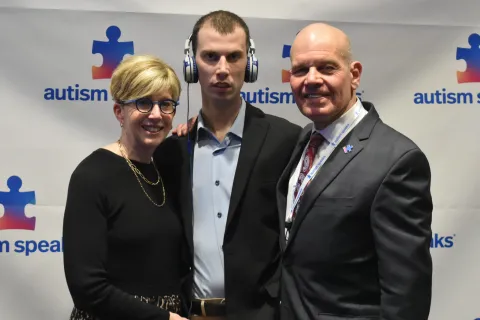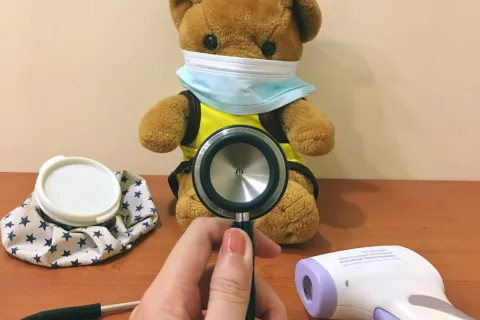Autism and elopement
Tips from a national expert
Far too often we hear news of children with autism wandering or bolting from safe environments. This is a devastating trend we are seeing at the National Center for Missing & Exploited Children, and it’s a trend everyone needs to know about.
Nearly half of children with autism will wander from safe environments. And many of these children are drawn to water or other hazardous areas like active roadways or even trains. One-third of those who wander are considered nonverbal. This means they are unlikely to be able to communicate with those searching for them. They also exhibit unique behaviors that make searching for them a challenge.
While law enforcement agencies across the country are learning the tactics involved with searching for a missing child with autism, many of these children are tragically dying before law enforcement is even involved.
Autism elopement tips from law enforcement expert, Bob Lowery
Bob Lowery serves as the Senior Executive Director of the Missing Children Division for the National Center for Missing & Exploited Children. Bob has over 30 years of law enforcement experience and is a graduate of the FBI National Academy.
Preparing those who are close
We recommend families of children with autism talk to those closest to them about their child. This could be neighbors, teachers, friends, extended family or anyone who might spend time with or near the child. These are the people who will notice your child is missing when you are not around. If your child does go missing, they should immediately call local law enforcement. But they should also begin searching.
By talking to those who are close to your child now, you will prepare them in case your child does someday go missing. Tell these people about any particular interests your child has, such as water, roads, trains, trucks or lights. These are the things your child may wander to. Tell them about anything that frightens your child like animals or loud noises. These are the things your child may wander away from.
For example, if your child is attracted to water and there is a creek behind your child’s school, his or her teachers should know to look there first. Many times it is the person last with the child who can help the most.
What parents and guardians can do
- Be aware of bodies of water near places where the child spends time Between 2009 and 2011, accidental drowning accounted for 91 percent of total deaths reported in children with autism, ages 14 and younger, who went missing.
- Talk to those who are closest to your child
Neighbors, teachers, friends, extended family and anyone who might be near your child when he or she wanders away are often the first people who can help find your child quickly. Inform these people of anything your child is attracted to or scared of.
Help for law enforcement
We have a team of former law enforcement with experience in missing child cases who can immediately deploy to provide technical assistance to local law enforcement. To request assistance from these Team Adam consultants, have law enforcement contact us at 1-800-843-5678 (1-800-THE-LOST®).
We also have a set of downloadable resources for law enforcement to use when a child with autism is missing in their community.
National Center for Missing and Exploited Children
The National Center for Missing & Exploited Children® is the leading nonprofit organization in the U.S. working with law enforcement, families and the professionals who serve them on issues related to missing and sexually exploited children. As part of its Congressional authorization, NCMEC has created a unique public and private partnership to build a coordinated, national response to the problem of missing and sexually exploited children, establish a missing children hotline and serve as the national clearinghouse for information related to these issues.
Related wandering and safety resources:
- Download the Autism Speaks Safety Kit
- Learn more about swim and water safety
- Six tips to help prevent wandering and wandering-related tragedies









